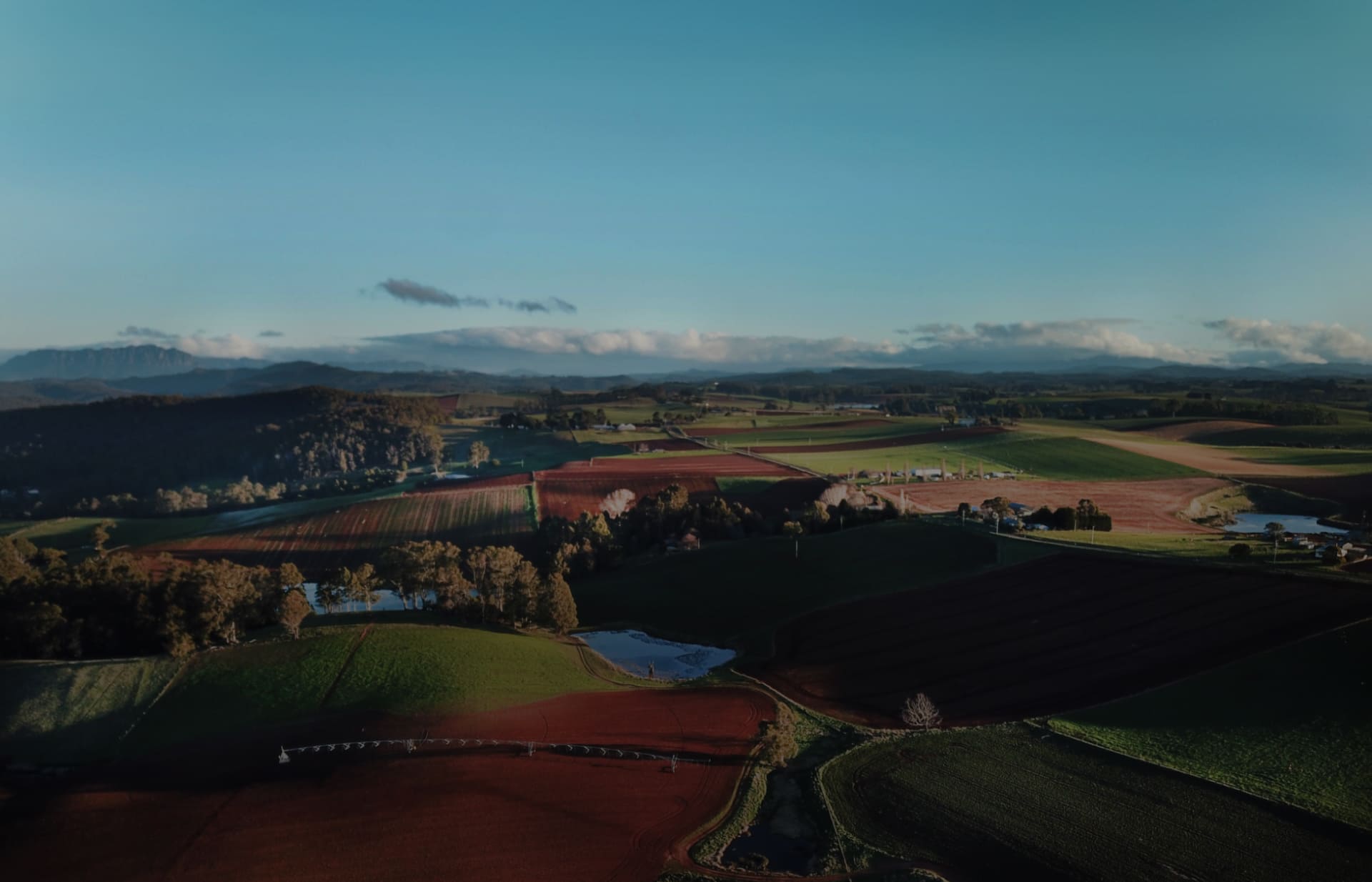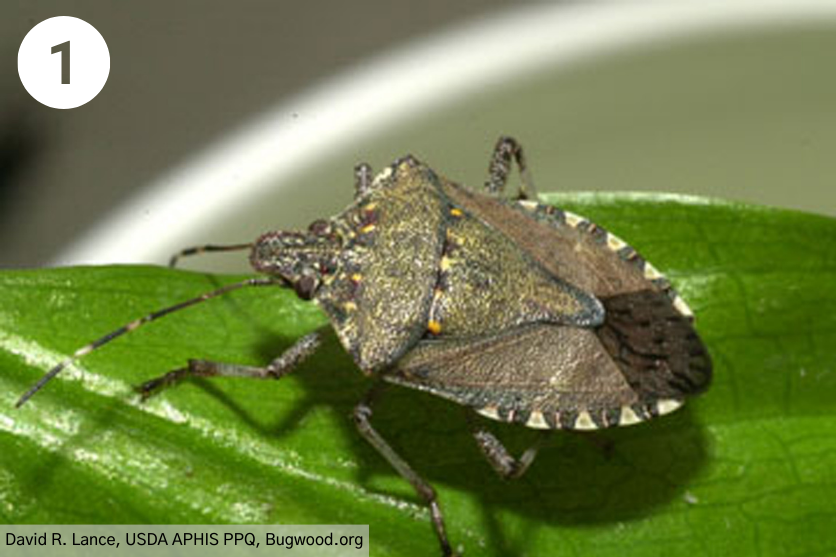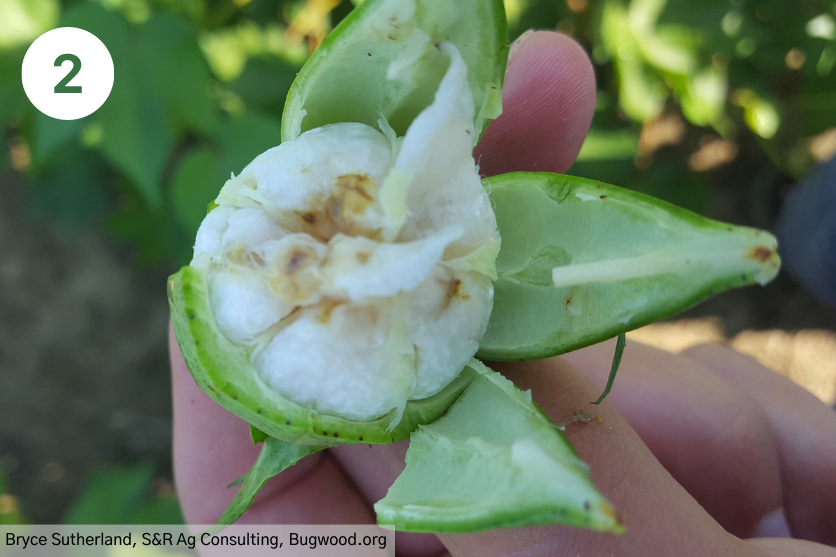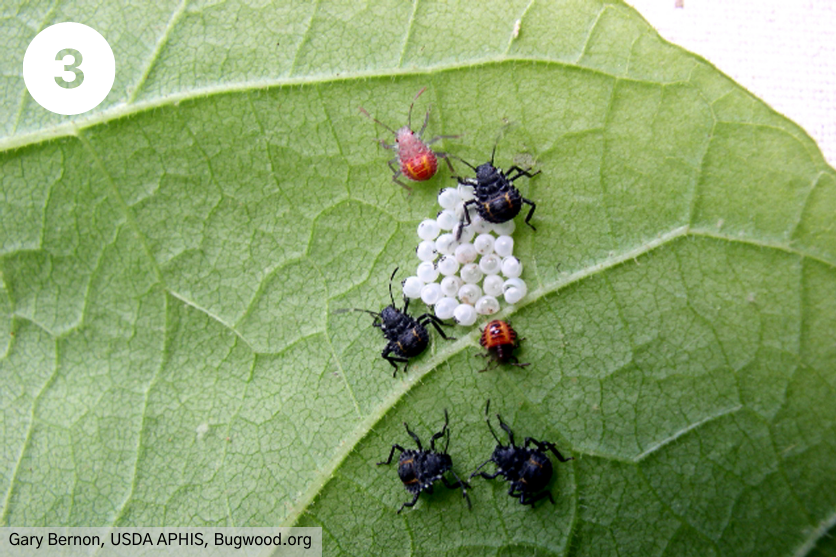Pathogen persistence on leafy vegetables
Risk season alert: Brown marmorated stink bug (BMSB)
AUSVEG Online Export Training
Brown marmorated stink bug (Halyomorpha halys) is an exotic pest that causes feeding damage on an extensive range of fruit and vegetables including capsicum, beans, cabbage, cauliflower, tomatoes, sweetcorn, cucumber, apples and ornamentals (figure 1: adult BMSB, figure 2: feeding damage).
BMSB is currently not present in Australia but has the potential to impact the vegetable industry if introduced.
It is considered a seasonal hitchhiker pest with the risk of incursion increasing between September and April. This corresponds with late Autumn and Winter seasons of the northern hemisphere during which BMSB becomes dormant. During this time, it is known to seek shelter in cargo/shipping containers or other imported goods, often in large numbers.
BMSB is native to East Asia and found in China, Japan, and South Korea. It has spread and widely established throughout the United States and Europe and is not regarded as a quarantine pest in these countries.
Some goods are considered BMSB target high risk (mandatory off-shore treatment) and target risk goods (increased onshore intervention through random inspection). If goods are manufactured in or shipped from the target risk countries as sea cargo they will be subject to BMSB intervention and measures. This will apply from 1 September 2020 until goods that arrive in Australian territory by 31 May 2021.
A full list of target risk and emerging risk countries can be found here in this fact sheet.
How to identify BMSB
Adults are 12-17mm long and shield shaped. Colour can vary from brown to ash-brown and reddish brown.
Wings do not completely cover the outside edges of the abdomen when folded. Antennae has 5 segments with distinctive white banding on the last 2 segments.
Black and white banding is visible on rear edges of the body. The head is rectangular and blunt faced.
The 5 instar (nymph) stages are orange and red in colour with black stripes and get darker with age. Nymphs are wingless (figure 3: egg and nymph life stages of BMSB).
BMSB can be confused with various native species including the acacia shield bug (Alcaeus varicornis) which is found in all states and territories except Tasmania.
A guide to more detailed identification of BMSB can be found here.
If you suspect BMSB in your imported goods, crops or ornamental gardens you should:
- Contain any specimens.
- Report to the Exotic Plant Pest Hotline on 1800 084 881.
Any unusual plant pest should be reported immediately to the relevant state or territory agriculture agency through the Exotic Plant Pest Hotline (1800 084 881). For further information, please contact AUSVEG on 03 9882 0277 or email science@ausveg.com.au. The Farm Biosecurity Program is funded by the Plant Health Levy.




